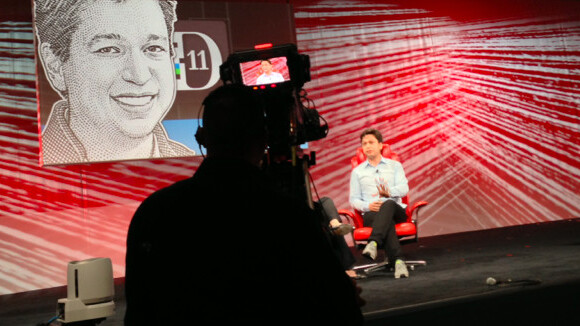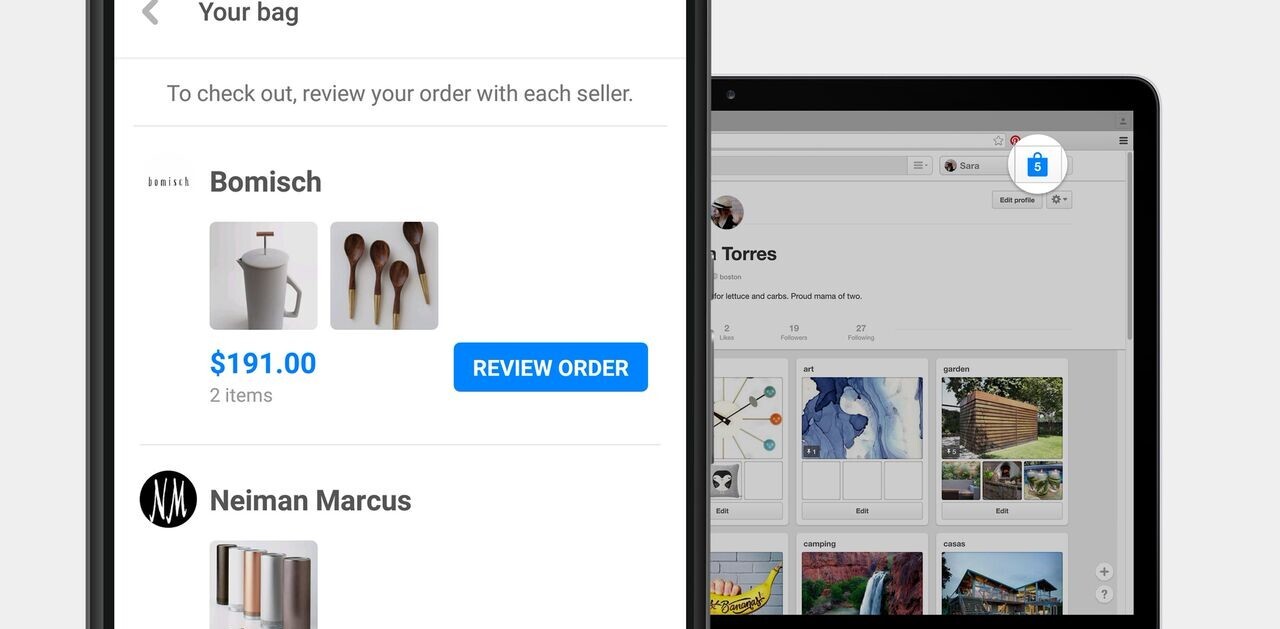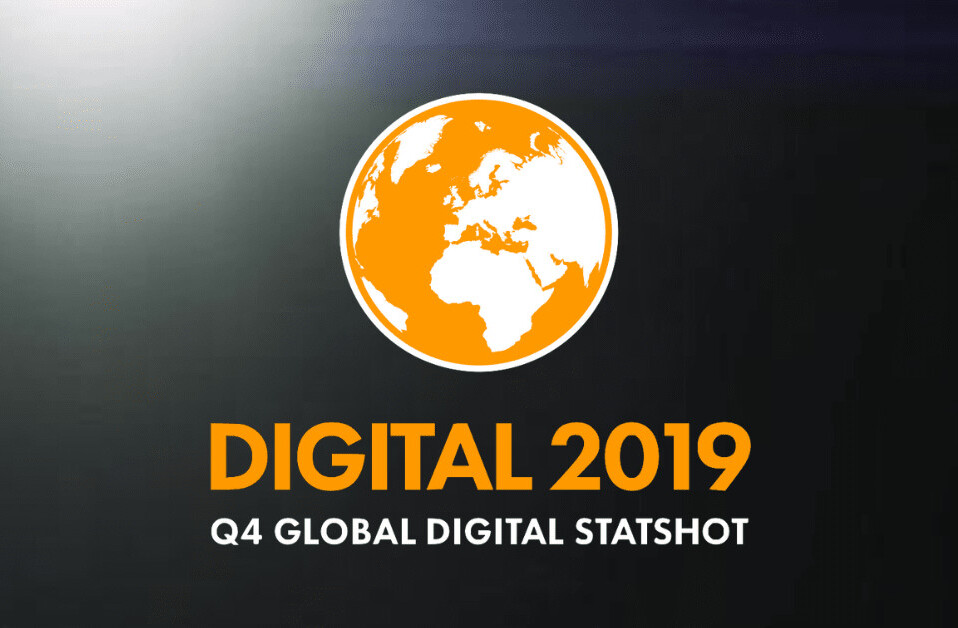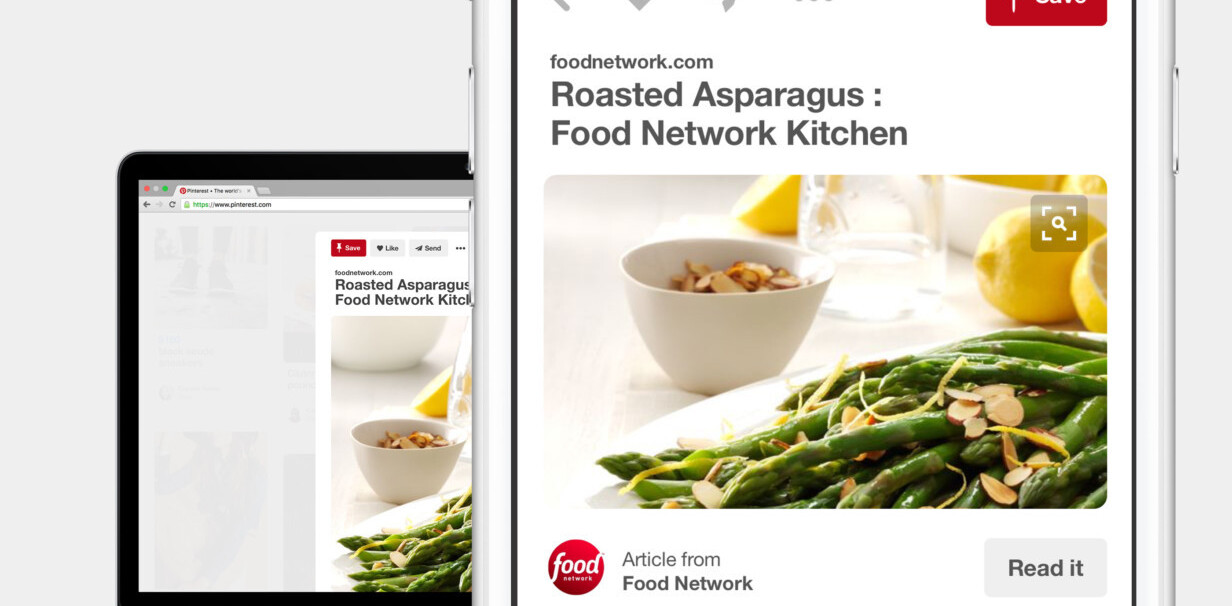
Today at the D11 conference, Pinterest founder Ben Silbermann spoke to All Things D’s Kara Swisher about the genesis of the company, how much money it makes and how it handles multi-platform presence.
“How do we help people discover things that they really love and help them to do those things in real life,” Silbermann says about their original goal with Pinterest. People often use the ‘pinning’ platform to research things like ‘what should my living room look like, where should I go today, what are some fun activities for kids?’
Silbermann says that the genesis of Pinterest really came from his love of collecting as a kid. “Collecting tells a lot about who you are,” he said, and when they looked at the web “there wasn’t a place to share that side of who you were.”
So the idea just began with simple hobbies, but Silbermann spent some time working at Google when he came out to Silicon Valley and says that “if Google teaches you anything, it’s that small ideas can be big.”
Part of that growth is to begin using the connections created when people pin, re-pin and collect items on Pinterest.
“The exciting thing for me about Pinterest is what we can do as this graph of people and what they’re interested in grows.”
Silbermann says that as you zoom this graph out, the pinned objects display how real people organize and connect things. Silbermann says that he believes that there will be interesting things learned from this graph, separately from the social graphs created by sites like Facebook.
As far as the crisp feel of a lot of the content and the tonality, Silberman credits the early adopters. “The people who used the product early were designers and bloggers, and they really set the tone.”
Even though he acknowledged that the Web version of the product was very important, there were an increasing number of customers that were multi-platform or mobile only. “At the specific moment in time that we introduced Pinterest, the web was the medium that we were most comfortable with,” Silbermann says.
But the increased interest in mobile encouraged them to release their apps for phone and tablet.
The mobile traffic of Pinterest surpassed the Web traffic to the site on roughly ‘the day it was released’, Silbermann said. He added that assigning the label ‘mobile company’ will one day seem fairly parochial because the expectation will be that everything will be available everywhere people want it.
In addition, Silbermann says that mobile is important because a lot of what Pinterest wants to build in the future hinges on what you want to do right now, and the ubiquity of the devices we carry is critical there.
When asked how they make money, Silbermann was blunt. “Right now,” he said, “we don’t. Which makes bookkeeping kind of easy.”
When it came to making money though, Silbermann says that they didn’t want to commodify someone’s actions as that would cheapen the experience of using Pinterest.
No word on how Pinterest will make money in a way that doesn’t cheapen that experience.
One of the most surprisingly popular items on Pinterest for Silbermann? A tutorial on how to cut the ends off of a sock and use it to make a hair bun.
Get the TNW newsletter
Get the most important tech news in your inbox each week.





